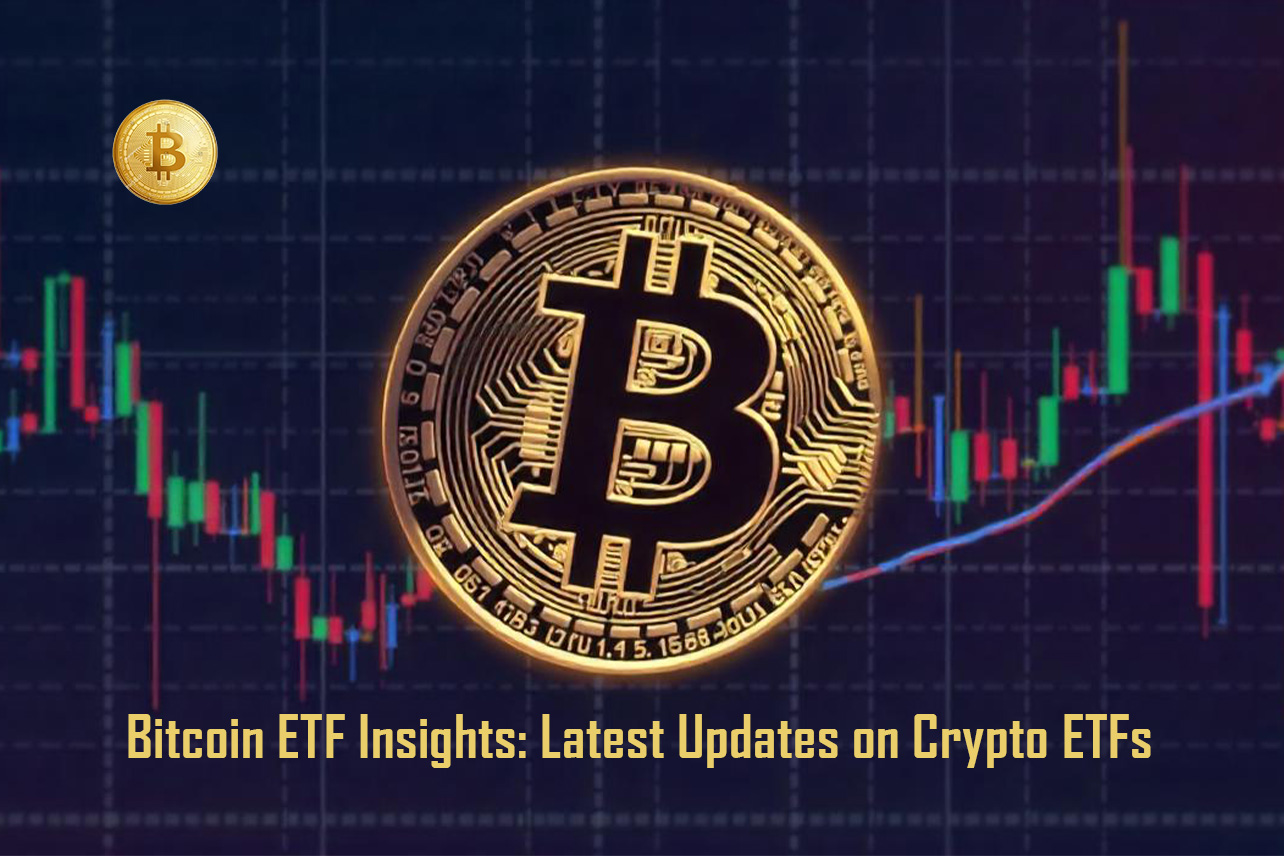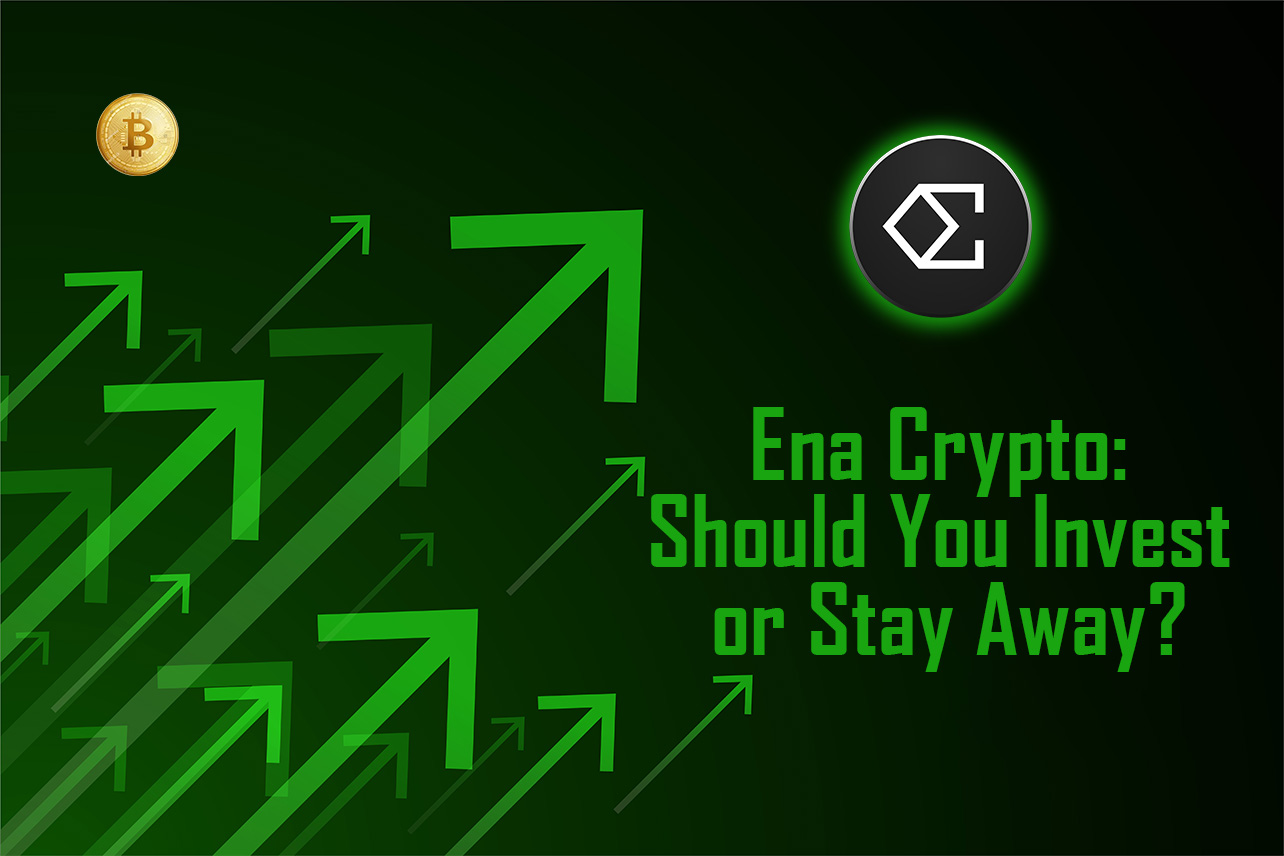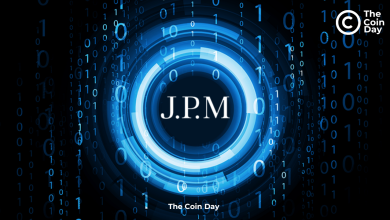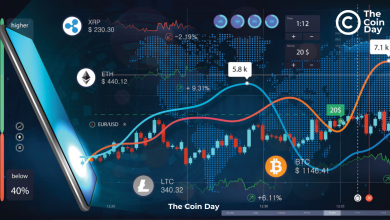Solana vs Ethereum: Speed, Costs, and Ecosystem
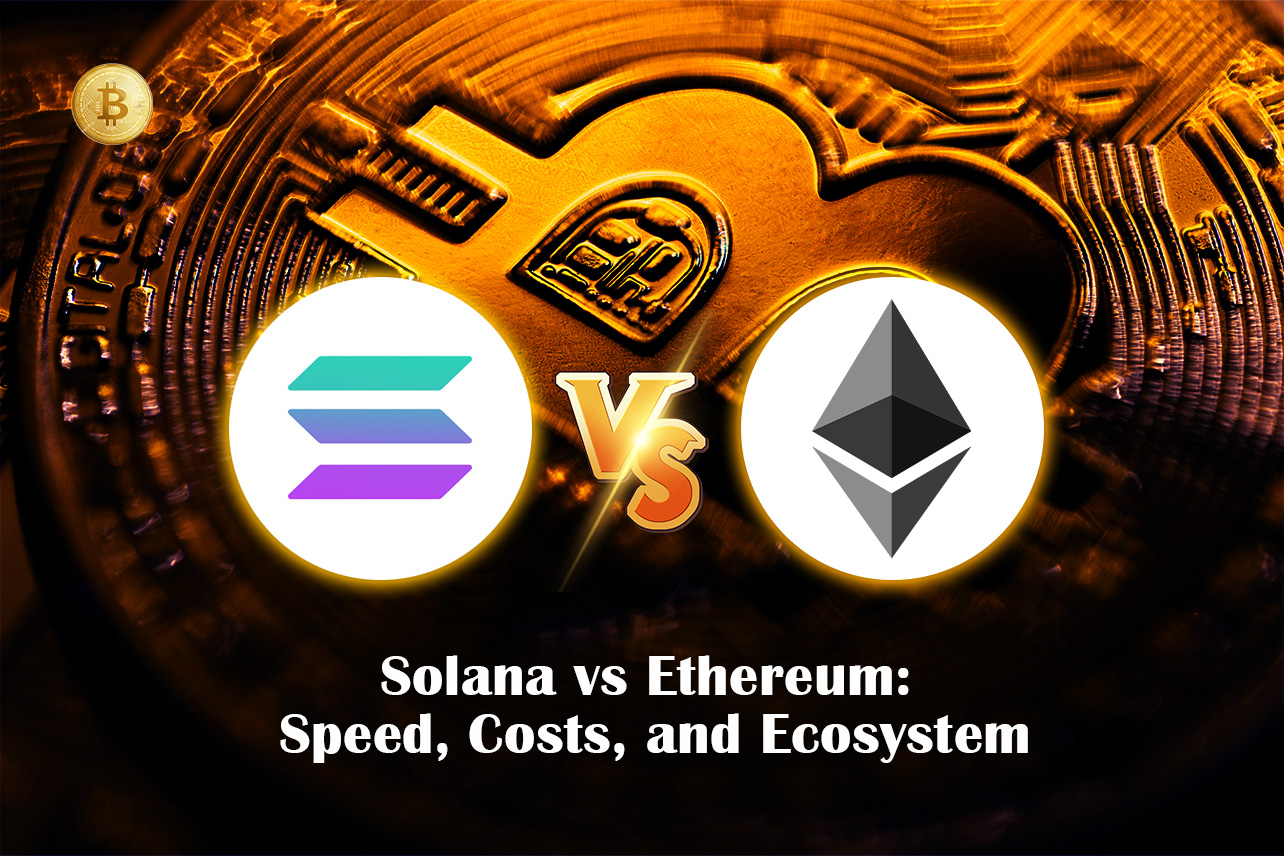
Table of Contents
- Introduction
- Solana vs Ethereum: An Overview
- Speed: Transaction Throughput Comparison
- Costs: Transaction Fees and Affordability
- Ecosystem Development: Applications and Innovations
- Solana vs Ethereum Long-Term Potential
- Use Cases: When to Choose Solana or Ethereum
- Key Challenges Facing Solana and Ethereum
- FAQs About Solana vs Ethereum
- Conclusion
1. Introduction
The blockchain world is brimming with innovation, and two names often dominate the conversation: Solana and Ethereum. While Ethereum has long been the king of smart contracts, Solana has entered the scene with promises of faster speeds and lower costs. But when it comes to Solana vs Ethereum, how do they really stack up? This comprehensive guide will explore the key differences in speed, costs, and ecosystem development to help you decide which blockchain fits your needs.
2. Solana vs Ethereum: An Overview
Ethereum: Often referred to as the “world computer,” Ethereum is the pioneer of smart contracts and decentralized applications (dApps). Its robust ecosystem and strong developer support have made it a blockchain industry leader.
Solana: Launched in 2020, Solana is a high-performance blockchain designed for speed and low costs. It has quickly gained traction for its scalability and ability to handle a large number of transactions per second.
Key Stats:
| Feature | Ethereum | Solana |
| Launch Year | 2015 | 2020 |
| Consensus Mechanism | Proof-of-Stake (PoS) & Layer 2 | Proof-of-History (PoH) + PoS |
| TPS (Transactions per Second) | ~30 (base layer) | ~65,000 |
| Transaction Fees | ~$10-$50 (varies) | ~$0.00025 |
3. Speed: Transaction Throughput Comparison
3.1 Ethereum’s Speed
Ethereum’s base layer handles around 30 transactions per second (TPS). While this may seem low, Ethereum’s transition to Ethereum 2.0 and Layer 2 scaling solutions, like Optimism and Arbitrum, aim to significantly improve throughput.
3.2 Solana’s Speed
Solana is known for its impressive speed, processing up to 65,000 TPS due to its unique Proof-of-History (PoH) mechanism. This makes it one of the fastest blockchains, suitable for high-demand applications like gaming and DeFi.
3.3 Winner: Solana
In terms of raw speed, Solana outpaces Ethereum, making it ideal for real-time applications.
4. Costs: Transaction Fees and Affordability
4.1 Ethereum’s Costs
One of Ethereum’s biggest pain points is its high transaction fees, often exceeding $10-$50 during periods of network congestion. This makes it less accessible for smaller transactions or casual users.
4.2 Solana’s Costs
Solana’s transaction fees are negligible, averaging around $0.00025. This affordability has made Solana a popular choice for developers and users alike.
4.3 Winner: Solana
When it comes to cost-effectiveness, Solana is the clear winner, especially for users seeking low fees.
5. Ecosystem Development: Applications and Innovations
5.1 Ethereum’s Ecosystem
Ethereum’s ecosystem is the largest in the blockchain space, hosting thousands of dApps, including DeFi giants like Uniswap, Aave, and MakerDAO. Its long-standing developer community ensures constant innovation and upgrades.
5.2 Solana’s Ecosystem
Solana’s ecosystem is growing rapidly, with notable projects in DeFi, gaming, and NFTs. Platforms like Serum and Solana-based NFT marketplaces have gained significant traction.
5.3 Winner: Ethereum
While Solana is expanding quickly, Ethereum’s ecosystem remains unmatched in terms of size and diversity.
6. Solana vs Ethereum Long-Term Potential
6.1 Ethereum’s Future
With Ethereum 2.0 rolling out and scaling solutions gaining adoption, Ethereum is poised to maintain its dominance. However, its reliance on Layer 2 solutions may create fragmentation concerns.
6.2 Solana’s Future
Solana’s focus on speed and affordability positions it as a strong contender for high-demand applications. However, network outages and centralization concerns could hinder its growth.
6.3 Winner: Tie
Both blockchains have significant long-term potential, with Ethereum excelling in established use cases and Solana leading in scalability.
7. Use Cases: When to Choose Solana or Ethereum
7.1 Choose Ethereum If:
- You need access to a vast ecosystem of dApps and DeFi platforms.
- Security and decentralization are your top priorities.
- You’re willing to pay higher fees for proven reliability.
7.2 Choose Solana If:
- You require fast and low-cost transactions for gaming or high-frequency trading.
- You’re building applications where scalability is crucial.
- You’re targeting cost-conscious users.
8. Key Challenges Facing Solana and Ethereum
8.1 Solana’s Challenges
- Centralization Concerns: Critics argue that Solana’s validator requirements may lead to centralization.
- Network Outages: Solana has faced multiple outages, raising concerns about its reliability.
8.2 Ethereum’s Challenges
- High Fees: Despite scaling efforts, Ethereum’s fees remain a barrier for many users.
- Scalability Issues: Ethereum’s reliance on Layer 2 solutions adds complexity for developers and users.
9. FAQs About Solana vs Ethereum
Q: What is the primary difference between Solana and Ethereum?
A: Solana prioritizes speed and low costs, while Ethereum focuses on decentralization and security with a robust ecosystem.
Q: Is Solana faster than Ethereum?
A: Yes, Solana can process up to 65,000 TPS, compared to Ethereum’s ~30 TPS on its base layer.
Q: Which blockchain is better for DeFi?
A: Ethereum leads in DeFi applications, but Solana is emerging as a competitive option due to its speed and affordability.
Q: How do transaction fees compare between Solana and Ethereum?
A: Solana’s fees are nearly negligible (~$0.00025), while Ethereum’s fees can range from $10 to $50 during high network usage.
Q: What is the long-term potential for Solana vs Ethereum?
A: Both have strong potential, with Ethereum maintaining dominance in established use cases and Solana excelling in high-demand, scalable applications.
10. Conclusion
When it comes to Solana vs Ethereum, the choice ultimately depends on your needs and priorities. Ethereum’s established ecosystem, security, and decentralization make it a reliable choice for complex and secure applications. On the other hand, Solana’s speed and affordability position it as a blockchain for the future, ideal for high-performance applications.
Both blockchains have their strengths and challenges, and understanding these nuances can help you make informed decisions, whether you’re a developer or an investor. As the blockchain landscape evolves, the competition between Solana and Ethereum will continue to drive innovation, benefiting the entire crypto community.

